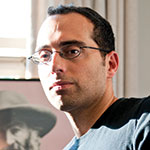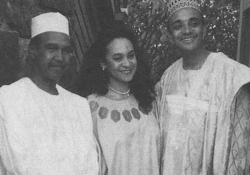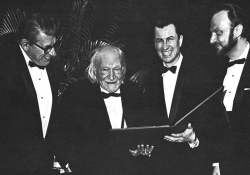On the 15th Anniversary Edition of M. NourbeSe Philip’s Zong!
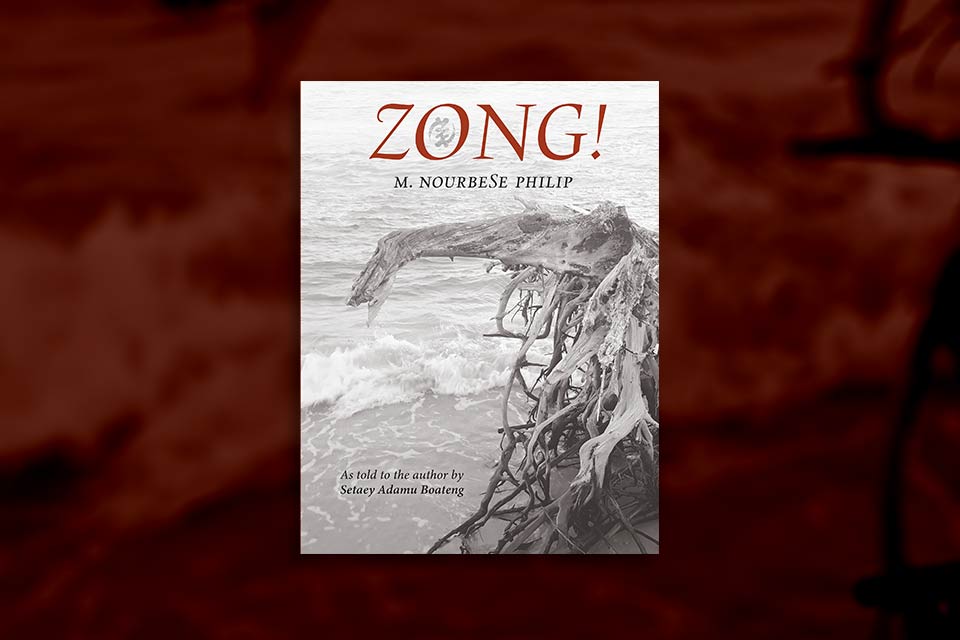 Zong! is a problem, a provocation, a persistence on the edge of an abyss. Fifteen years after its original publication, Zong! has been republished by Graywolf Press, with a new preface and two introductions—a sign that its impossible persistence has been met by a persistent, abiding readership.
Zong! is a problem, a provocation, a persistence on the edge of an abyss. Fifteen years after its original publication, Zong! has been republished by Graywolf Press, with a new preface and two introductions—a sign that its impossible persistence has been met by a persistent, abiding readership.
The truth is that Zong! is a difficult read. Zong! casts doubt on reading itself, reading as a form of information extraction, wisdom-gleaning. This is a text that interrogates us as readers, thinking we can just read it. In Saidiya Hartman’s words, the poem “demands everything of the reader and offers no guarantees that you won’t get lost along the journey” (xxxix). Consider the first page:
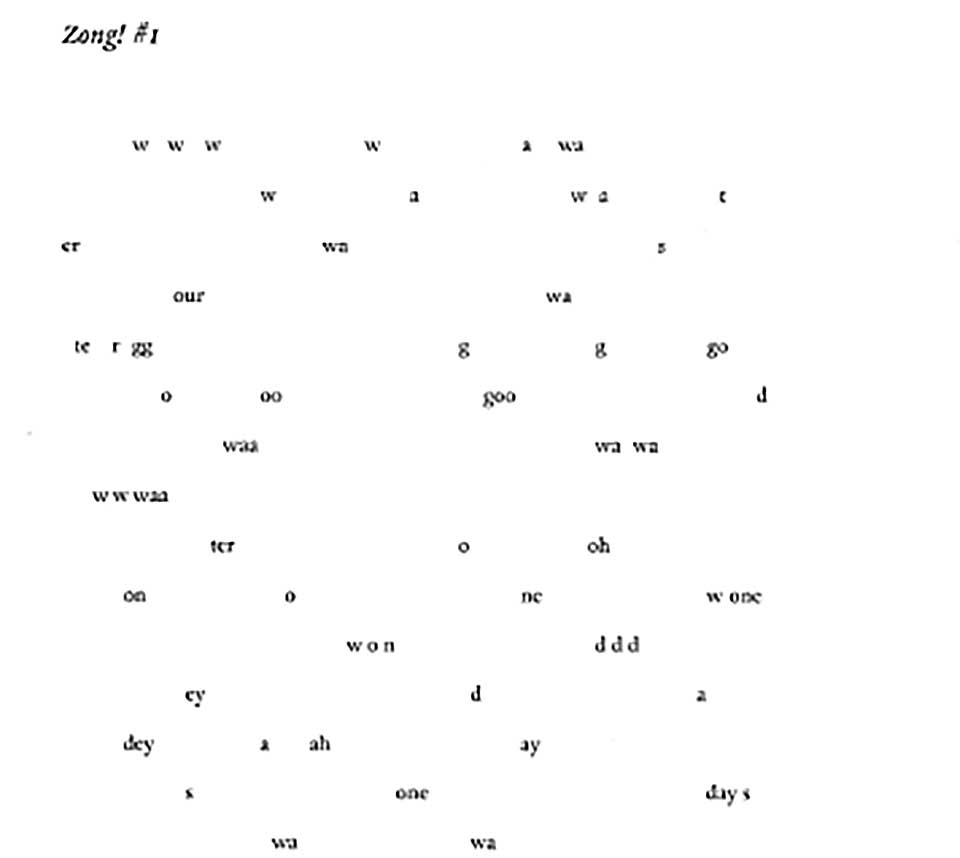
What to do with all these “w’s”? Do we skip across them like rocks, or sound them out? We see, quickly, that the w’s build into “wa” (we wonder, “what”?) and then “waa” (which sounds, invariably, like a baby crying). And then it becomes “w a / ter.” And then we read “g” and then “go” and then “goo” and then “goo d”—as if, again, we’re coming to understand not just the language of this poem but language itself. And because M. NourbeSe Philip had fallen in love with English through the Book of Common Prayer (something she notes in her preface to this edition), it’s impossible not to think of the creation story of Genesis, with its waters upon the deep and God’s pronouncements about the good of creation.
Zong! is a poetic journey of nearly two hundred pages into the depths of the worst of global capitalism and the human slave trade—what Kiese Laymon once called “the worst of white folk,” not of the goodness of creation. And yet Philip’s poem resides in that contradiction, the heart at the heart of darkness, a belief in a language against language that this work is worth doing, worth listening to. As I have written elsewhere, “Zong! is at once a brilliant documentary long poem and a sort of ritual exorcism of the demons of the slave trade. Built out of the language of the legal document of Gregson vs. Gilbert, Zong! brings to light the murder of Africans on board a slave ship in 1781 for financial gain. The kidnapped and enslaved Africans had been purposely thrown overboard so that the owner of the Zong could benefit from his insurance policy. Philip's visionary use of the burying language of law to recover the shreds of the voices of the lost is stark, elemental, and electrifying. It is poetry raised to the level of a truth commission.”
Philip’s poem resides in that contradiction, the heart at the heart of darkness, a belief in a language against language that this work is worth doing, worth listening to.
I’m reminded, yet again, of C. D. Wright’s rejoinder to Horace’s classic formulation about the uses of poetry to delight and instruct. In her words, “I admire poetry which confutes its own formal conditions—poetry which due to the exigence of its own matter exceeds its own limits. Some of us do not read or write particularly for pleasure or instruction, but to be changed, healed, charged. Therefore, the poet’s amplitude may take precedence over her strategies. When aiming for a language nearer one’s own ideals and principles, a tongue wherein everything is at risk—there are no certainties.”
I’ve often quoted Wright’s “to be changed, healed, charged,” thinking often of the poetry (and, indeed, of the work) that I admire most in the world, puzzling over the order of the three actions—changing, healing, charging. But now I see that this assertion is embedded in Wright’s embrace of poetry that contradicts its own formal method, confounds or overcomes the strategy the poet employs.
Zong! is precisely such a work, one whose textual erasure attempts to recover something new. As she has said, “The text works like the lungs and we breathe for those who couldn't breathe before. . . . We poets are entering into this experience and bringing something back for others to understand.” I think it’s a mistake to read this work simply as experimental erasure poetry, as conceptual art. Erasure might be the method, but the method is overcome by what happens in the process of decomposition. Philip considers herself co-author, as is written on the cover of the book, “As told to the author by Setaey Adamu Boateng.”
Erasure might be the method, but the method is overcome by what happens in the process of decomposition.
So how do we read Zong!, knowing that Zong! is reading us? Philip addresses this conundrum in her preface: “These past fifteen years of journeying with Zong! have taught me many things, the most important of which is how to read the text aloud. While I always understood that there was significance to the spaces within the text, I did not understand how to honour them in a reading” (vi). What she comes to is collective voicing—joined by others to give voicing to the text.
So, one answer to the question of how to read Zong! is with others. Equally importantly, we read it by riting it. Not writing it, merely, but riting it.
In an interview, Philip addresses this misunderstanding of the work as (merely) conceptual. Zong!, she says, is “perhaps a ritual work masquerading as a conceptual work,” later calling it “soul work,” drawing upon African spiritual practices, to mourn the lives of those who’d been thrown overboard for money.
The very idea of poetry as script for a rite counters the attempts to make poetry merely about pleasure, or wisdom, or experimental play. Clearly, readers may find pleasure, or wisdom, or play in Zong!, but to engage with the text on these levels is not to meet it where it is most vital—in its haunted wrestling with the past, its attempt to find reparation in the place of rupture. Philip notes in her preface that “the most important activity happening on the page . . . is happening in the space, the white space between” (xix). Poetry, in the end, is not just the words but the silence(s) from which those words emerge, or against which those words appear. Philip insists on situating Zong! as the end of a trilogy of her works, not a stand-alone work, that are a “synergistic trinity, a poetic triangulation of formally reparative poetics” (xvii).
As decreative as the work is, she also insists in the text, in the footnotes. As Michael Leong writes:
Philip explains that although “[t]he fact that Africans were human could not be allowed into the legal text . . . [t]he Africans on board the Zong must be named. They will be ghostly footnotes floating below the text” (Zong! 199, 200). Philip’s inclusion of these names, some of which come from the Nigerian philologist Modupe Oduyoye’s Yoruba Names, is, in the parlance of the Oulipo, an example of clinamen. It is a swerving away from procedural purity in order to honor the undocumented. This list, stretching across nearly 50 pages, is a kind of conceptual elegy, a paratextual epitaph that not only challenges the extreme practices of pure conceptualism but mournfully fills in the lacunae of a traumatic collective history.
When I was listening to Philip read one of the poems online, I was struck, at first, that she appeared to deviate from the text. Then I realized that she wasn’t deviating but reading the footnoted names as if they were part of the body of the text. She was bringing them back to the surface: “Adunni. Akanni. Akanbi. Alade. Alayande.” Names that are gestures toward what history has swallowed up.
Just last week, in our course on Palestinian and Israeli literatures, we engaged in Bill Bigelow’s “Mixer/Mystery Activity on Zionism, Anti-Zionism, Peasant Resistance, the Great War, the British Mandate, and More,” in which our students each carried the name of a person whose story helps us understand the seeds of the violence we see today. Three students, however, who carried the names of Palestinian peasants, would come to learn that their names were fictional; the big histories did not write down the names of those whose land was sold from underneath them, by landlords they’d never met, whose names we do know. Bigelow tells us he had to invent them, placeholders for those whose names we do not have.
We abide with those names, navigating the silences together.
John Carroll University
Editorial note: “Poetry as Untelling,” Metres’s conversation with M. NourbeSe Philip, was published on the occasion of Zong! winning WLT’s “21 Books for the 21st Century” writers’ survey and readers’ poll.
